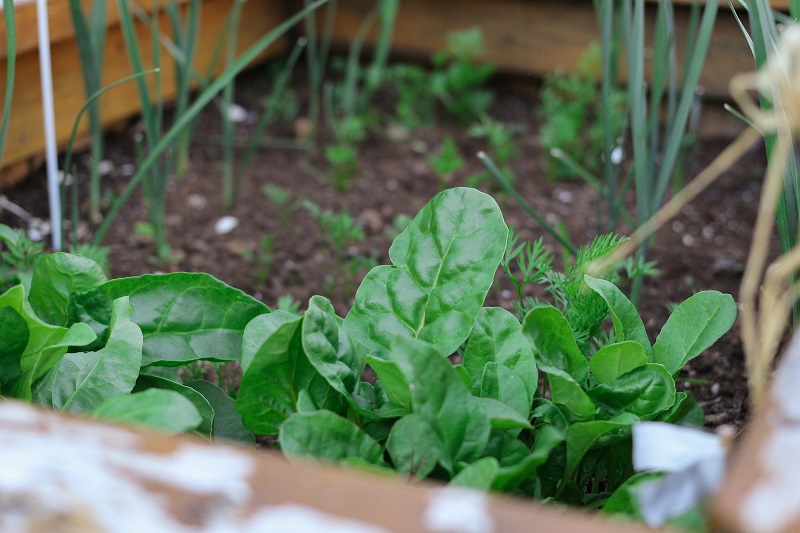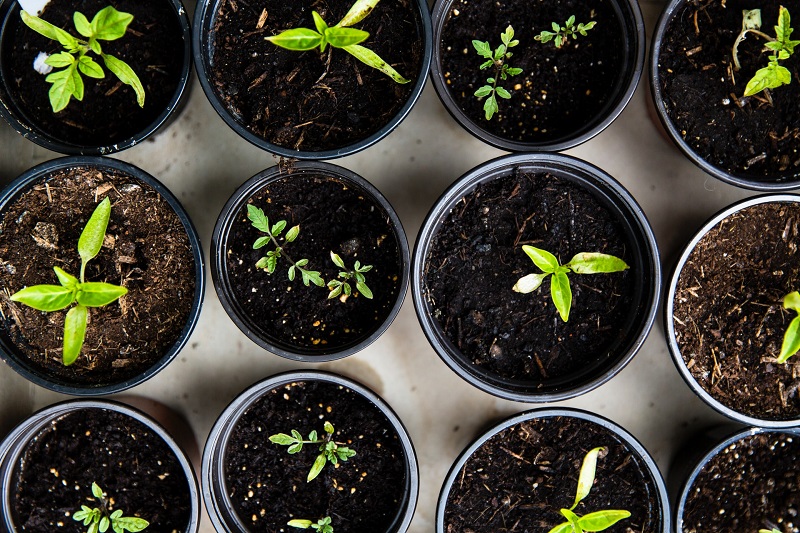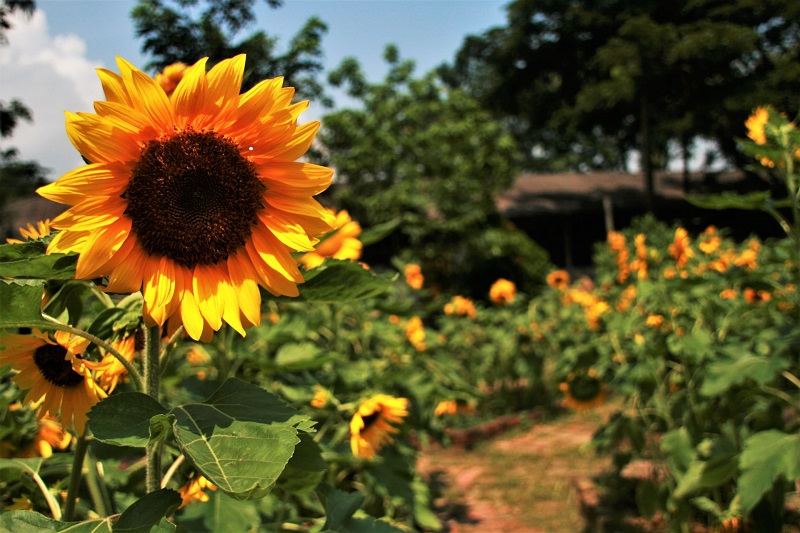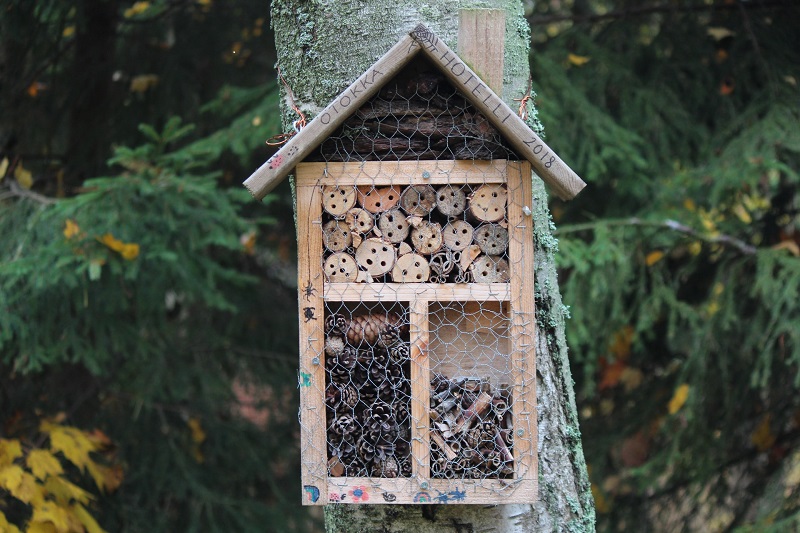Go green: gardening projects for schools
Posted on | Posted in Education
Introducing gardening into your school can be invaluable for children and young people. If you’re wondering how to start a school garden, read on for more about the many benefits of gardening projects for schools, as well as some of our inspiring ideas to get you on your way.
The benefits of gardening projects for schools
Tap into children’s love of outdoors
Outside learning is something we’re passionate about here at Canopies UK. Simply getting out of the classroom and into the fresh air has a whole host of benefits. These include better mental health, boosted confidence, and improved language and communication skills.
We’ve talked in depth about the power of outdoor learning before. Starting a gardening project in your school is a great, fun way to introduce outdoor learning and start reaping the benefits of the great outdoors.
Encourage children to take on responsibility
Gardening is a perfect activity for children of all ages. It allows you to set them straightforward goals to work towards, and they can then experience the joy of seeing their hard work paying off – whether that’s watching seeds sprouting into beautiful plants or simply planting and maintaining eye-catching flowers.
Giving each child a simple job to take responsibility for affords them independence that allows them to thrive. Easy tasks perfect for keeping little hands busy could include:
- Laying soil
- Weeding
- Planting seeds or flowers
- Watering
- Checking soil dampness
These tasks are all simple enough for young children to understand and carry out but give them assurance that they have directly contributed to the result.
For children that are a little older, you could even section out small areas in the garden for each child to take end-to-end responsibility of.

Help children learn
Growing vegetables in schools is a great way to educate children. Gardening invigorates the senses, from smell to touch, and teaches children important lessons about the life cycle, cause and effect, teamwork, and creativity, amongst countless others.
Planting a vegetable garden is also a great way to teach children about health and nutrition. We all know that produce tastes better when we’ve grown it ourselves, so tapping into that is a fantastic way to encourage children to each fresh veg. A lot of vegetables are simple to grow and don’t require too much attention – perfect for schools.
Gardening projects for schools
If you know you want to start introducing gardening into your curriculum, here are some of our favourite simple gardening project ideas to get you started – including some ideas for kitchen garden projects for schools.
A healthy vegetable patch
Whether you’re blessed with a lot of space to grow or you’re using raised planters or hanging pots, a kitchen garden vegetable patch is a simple, rewarding and healthy gardening project for school kids. Go for crops that are easy to maintain and don’t take too long to grow. Some of the best options include:
- Potatoes
- Green beans
- Peas
- Micro-greens (use vegetables with edible leaves like spinach or broccoli)
- Cherry tomatoes
- Carrots
A colourful flower garden
A flower garden is a lovely activity for spring, when children can watch the flowers grow and bloom over a period of a couple of months. Some good flower options for growing with kids include marigolds, sunflowers (you could even run a competition for the tallest sunflower), sweet peas and aquilegias.
A herb garden
Like a vegetable patch, a herb garden is another fun kitchen garden project, and a great way to educate children about nutrition and cooking. A herb garden is a relatively easy project for children, particularly if you select herbs that require little maintenance. A herb garden is also perfect if you don’t have a lot of room, as it yields a lot of results with very little space needed. Some of the easiest herbs to grow include:
- Basil
- Parsley
- Mint
- Coriander
- Chives
An insect hotel
Making an insect hotel for your school garden is a fun DIY project that offers a safe space for creepy crawlies. You can use wooden pallets, bricks, stones, wood and bark, and dry leaves and sticks to make the structure, making sure there are plenty of little hidey-holes for the bugs to occupy. Kids can then keep an eye on their bug hotel and identify any creatures that make a home there – bug hotels can attract a whole host of creatures from centipedes and millipedes to bees.
How to start a school garden
If you want to get started with your very own school garden, there are a few great steps to take, including:
- Identifying a spot for your garden
- Drawing up any plans
- Engaging the school community about the plans
- Carrying out necessary risk assessments
- Implementing the plan – you can get in external gardeners and builders or try to find the skills you need within the school community
Funding for gardening projects in schools
If funding is something that’s holding you back, there are some grants that you could apply for to make your gardening dreams a reality. Just a few include…
- Awards For All have a national lottery-funded scheme that can provide grants from £500 to £5,000 in order to create community gardens.
- Growing Gardens Grants Scheme offer grants of £250 for gardening tools and the development of gardens.
- The Association of Gardens Trusts may have some locally available grants – contact your nearest Gardens Trust centre to find out more.
We hope this taught you more about how to start a school garden. If you’re transforming your school’s outdoor space and you could benefit from the addition of a canopy, get in touch to talk through your options.







